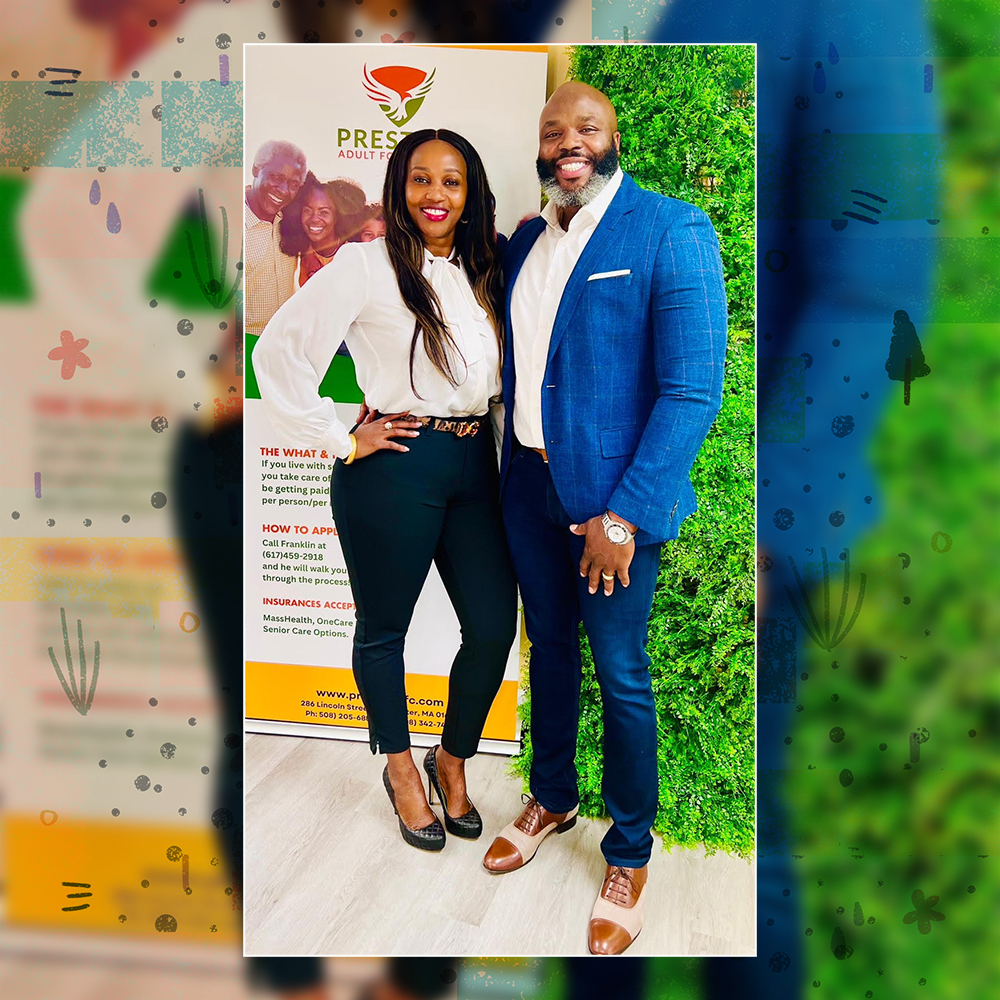
Life is full of challenges, and problem resolution is a skill that can significantly enhance our ability to navigate these challenges successfully. Whether you’re facing a personal issue, a professional dilemma, or a complex societal problem, effective problem resolution is a valuable skill. In this article, we will explore some strategies to help you become a better problem solver and improve your ability to address various issues.
Define the Problem Clearly
The first step in effective problem resolution is to define the problem as clearly and precisely as possible. Often, our initial perception of a problem may be vague or generalized. To address it effectively, you must break it down into specific components and identify the root causes. Ask yourself questions like:
What is the problem exactly?
When does it occur, and under what circumstances?
Who is involved or affected by the problem?
What are the consequences of not solving it?
Clarity in problem definition is essential because it sets the stage for practical solutions.
Gather Information
Once you’ve defined the problem, gather as much relevant information as possible. Research, data analysis, and conversations with experts or those who have experience with similar issues can provide valuable insights. Gathering information helps you understand the problem from different angles and can reveal hidden factors that need consideration.
Generate Multiple Solutions
A common mistake in problem resolution is settling for the first solution that comes to mind. Instead, aim to generate multiple keys, even if they initially seem unrealistic or unconventional. Brainstorming with others can be a helpful way to diversify your options. Remember that in the early stages, quantity is more important than quality; you can refine and evaluate your ideas later.
Evaluate and Prioritize Solutions
After generating a list of potential solutions, evaluate each one in terms of feasibility, potential impact, and alignment with your goals. Consider each solution’s pros and cons and consider the short-term and long-term consequences. Prioritize your answers based on these evaluations. It’s often helpful to involve others to gain diverse perspectives.
Take Action
Once you’ve selected the best combination of keys, it’s time to take action. Develop a concrete plan that outlines the steps required to implement your chosen solution(s). Set clear goals, timelines, and milestones to track your progress. Remember that taking action is crucial; your planning is worthwhile.
Monitor and Adapt
Problem resolution is only sometimes a one-and-done process. It’s essential to continuously monitor the situation and the impact of your chosen solution(s). Be prepared to adapt and make adjustments as needed. Unforeseen challenges or circumstances may require you to revise your approach.
Learn from the Experience
Every problem you encounter is an opportunity to learn and grow. After resolving an issue, take the time to reflect on the process.
What worked well?
What could have been done differently?
Which lessons can you apply to future problem-solving endeavors?
Embracing a continuous improvement mindset will make you a more effective problem solver.
Effective problem resolution is a skill that can be honed and refined with practice. By defining problems clearly, gathering information, generating multiple solutions, evaluating them thoughtfully, taking action, monitoring progress, and learning from your experiences, you can become a more adept problem solver. Remember that problem-solving is not just about finding quick fixes; it’s about creating sustainable solutions that address the root causes of issues. Whether dealing with personal challenges or tackling complex global problems, these strategies will be valuable tools in your problem-solving toolkit.